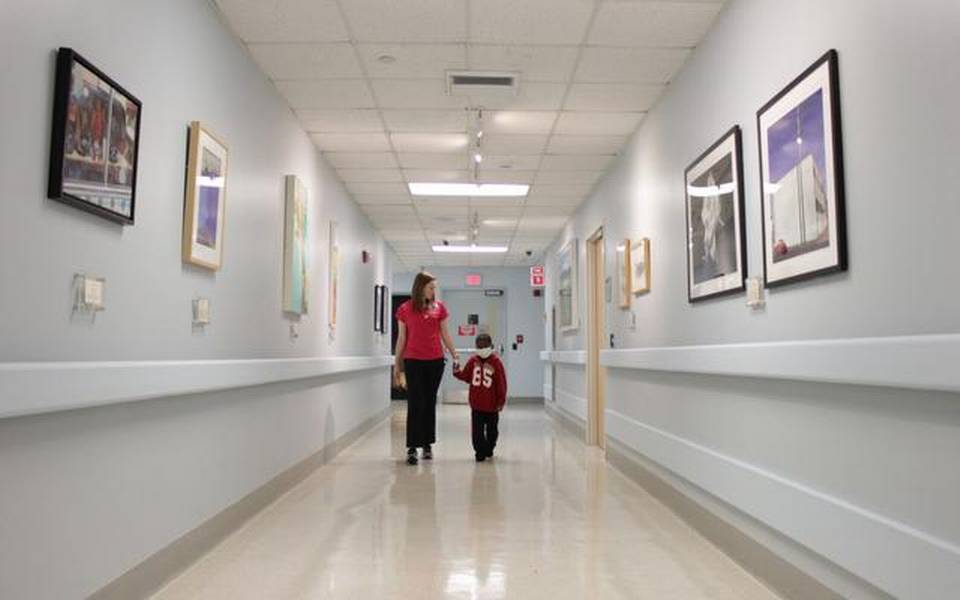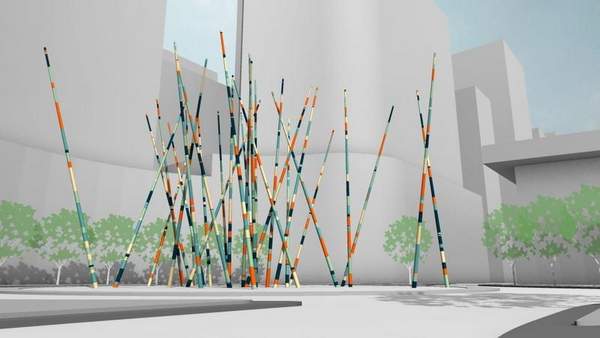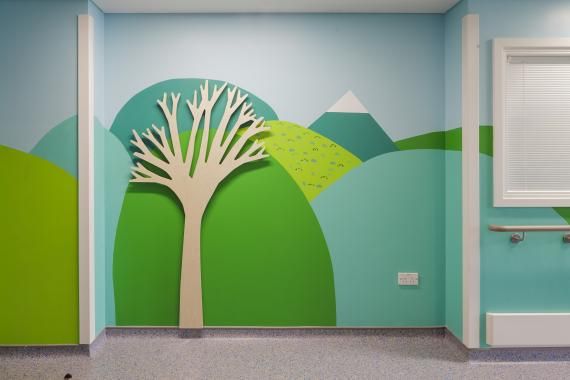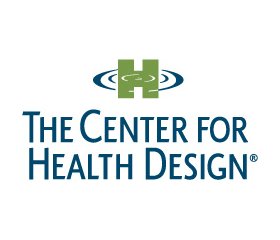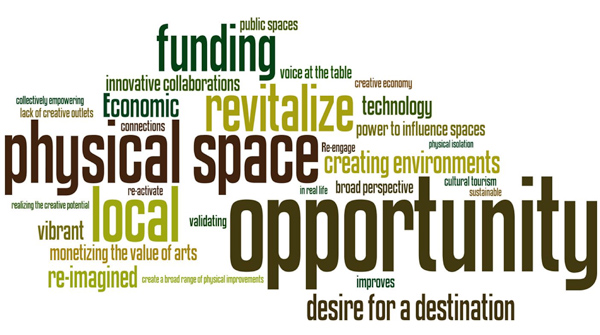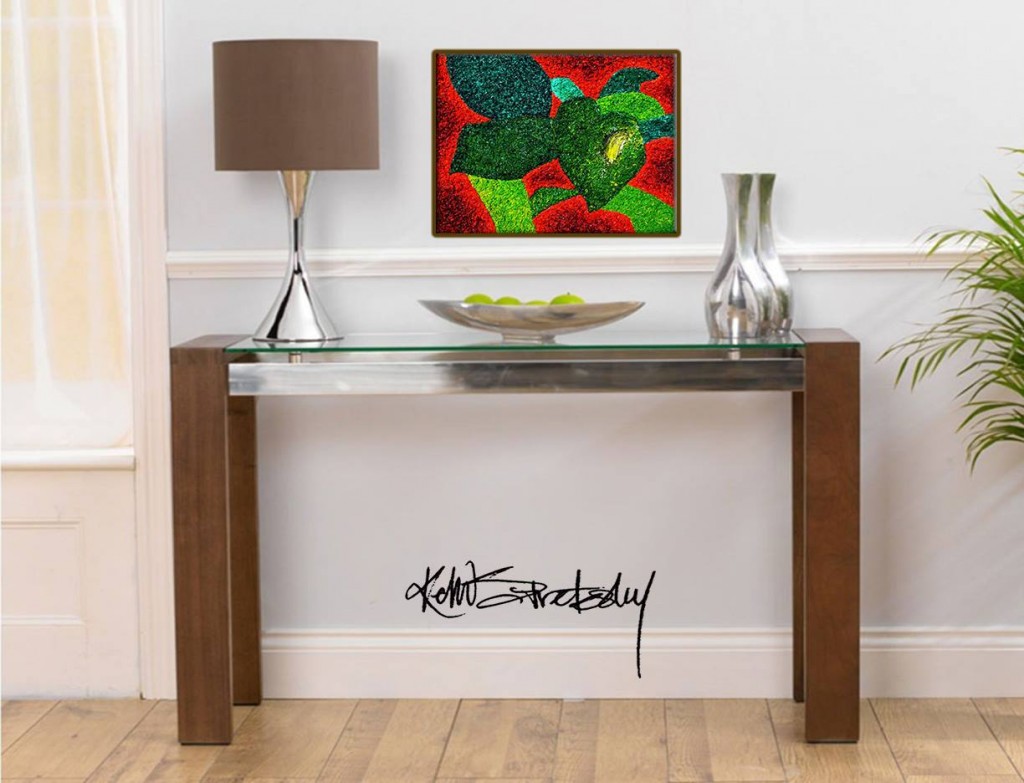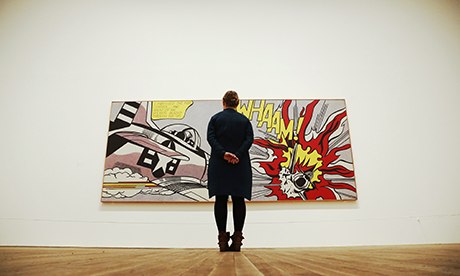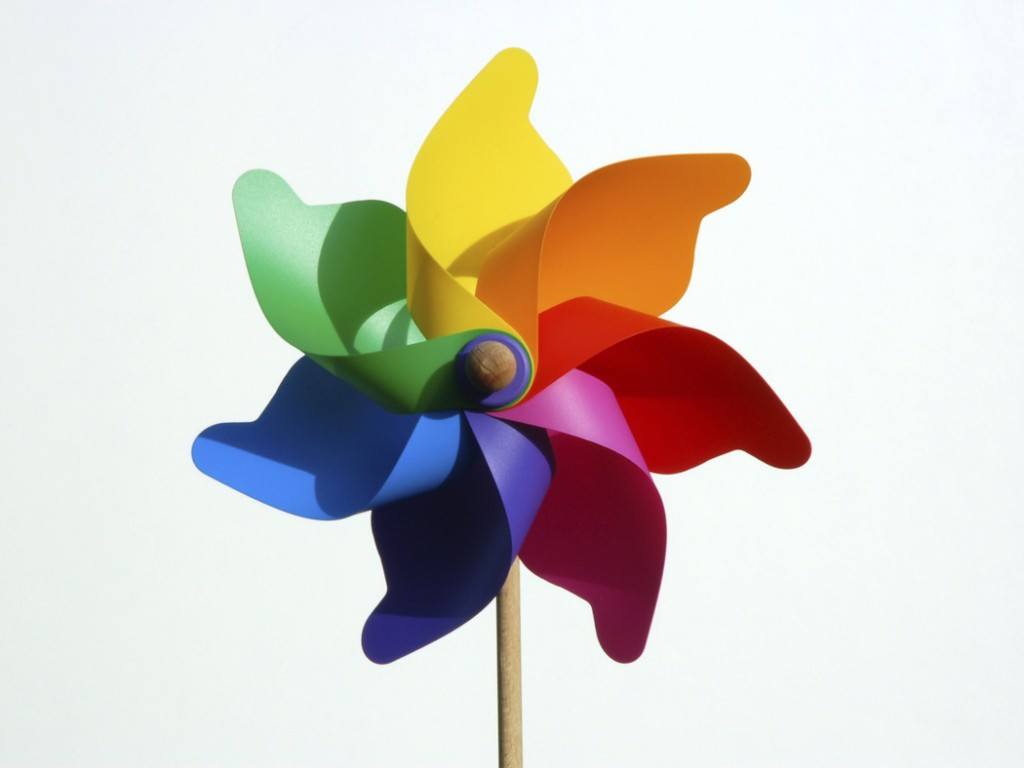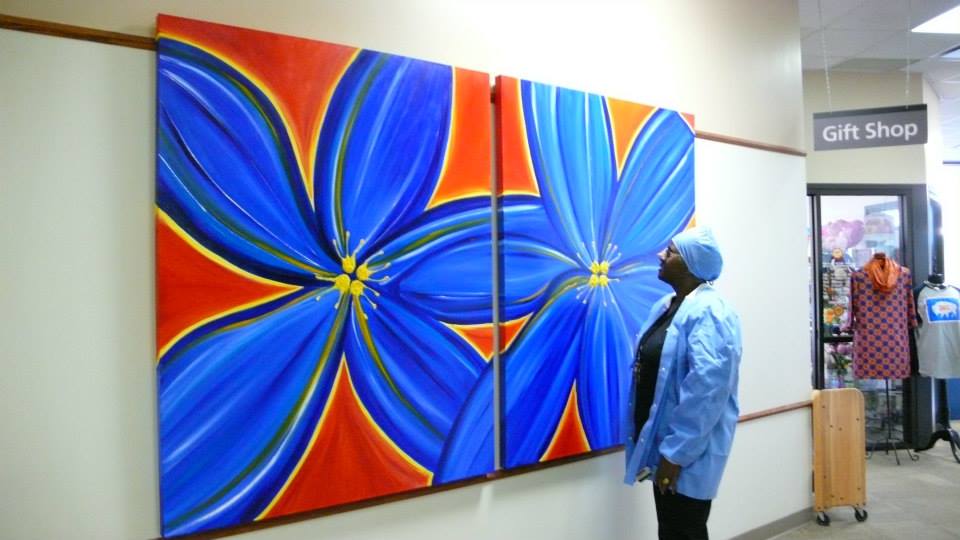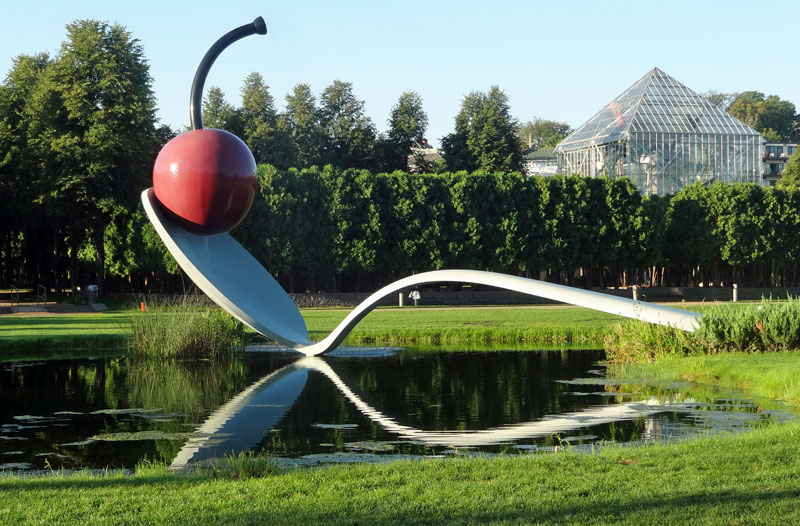
“Creative placemaking not only lifts up a neighborhood physically with murals and sculpture and investments in artist housing, galleries and theaters, it helps strengthen the local economy, as eye-catching storefronts, new cultural activities and intriguing installations bring in customers and attract new businesses. It increases a sense of community identity and local pride. It can make a neighborhood a more interesting, livable place.
But most importantly arts and culture are a powerful force that help shape a neighborhood’s narrative — telling the story of what kind of place it is, changing its reputation and its trajectory.”
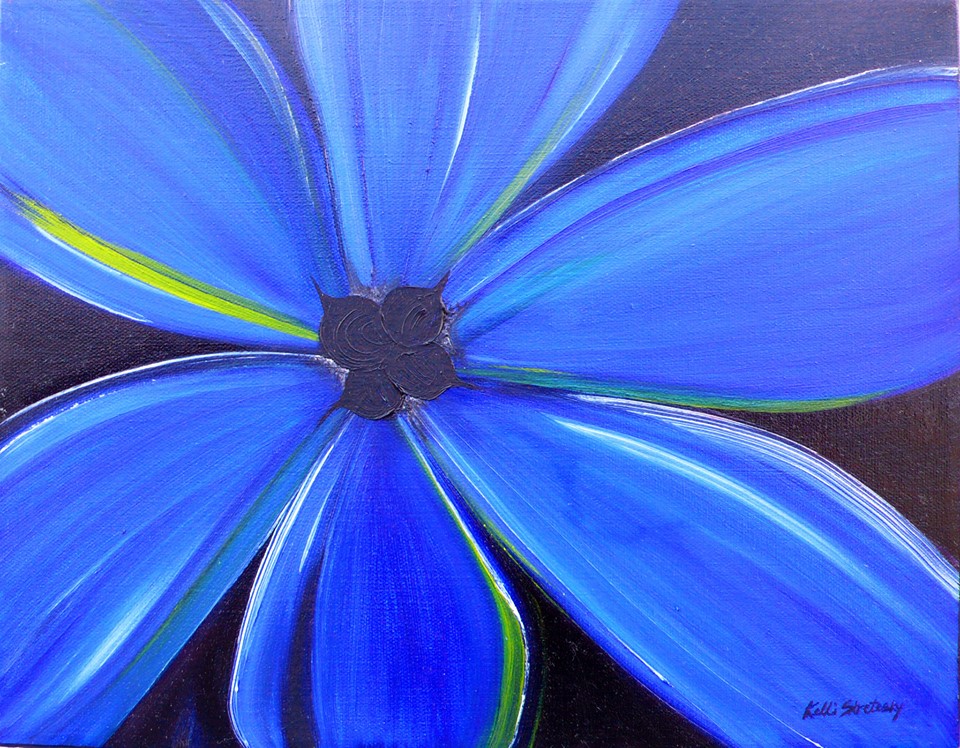
“Patients, especially those anxious about undergoing procedures and tests, respond well to the visual stimulation, finding it reduces their stress. And despite the fact that many hospitals face budget shortfalls, they often can purchase or commission art through funds supported by donations, or those built into budgets for new construction.”
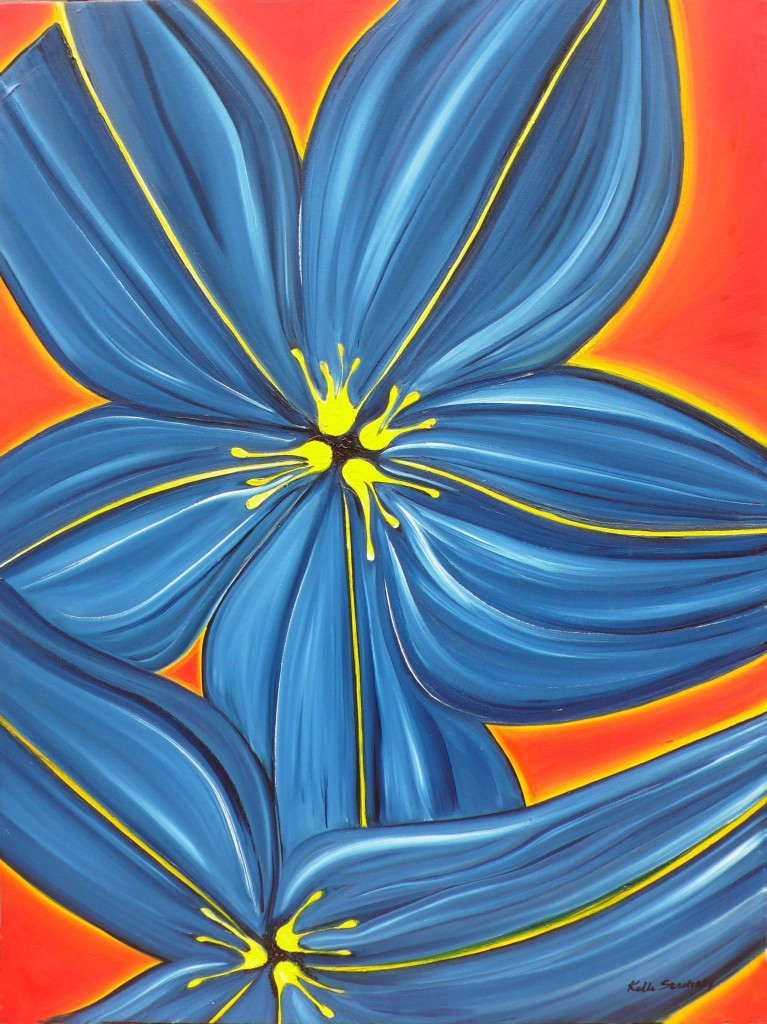
“Nanda, who has a doctorate in architecture with a specialization in health-care systems and design, says scientific studies show that art can aid in the recovery of patients, shorten hospital stays and help manage pain. But she says it has to be the right art — vivid paintings of landscapes, friendly faces and familiar objects can lower blood pressure and heart rate, while abstract pictures can have the opposite effect.”
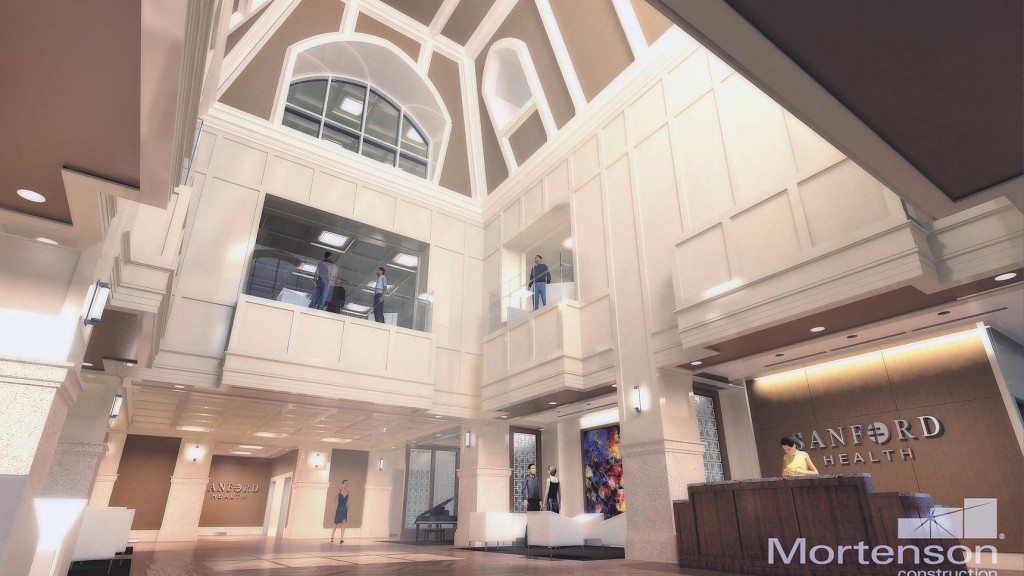
“Studies have demonstrated links between the physical environment and patient outcomes in several areas, according to research cited by the Center for Health Design:
Reducing staff stress and fatigue and increasing effectiveness in delivering care.
Improving patient safety.
Reducing stress and improving outcomes.
Improving overall health quality.”
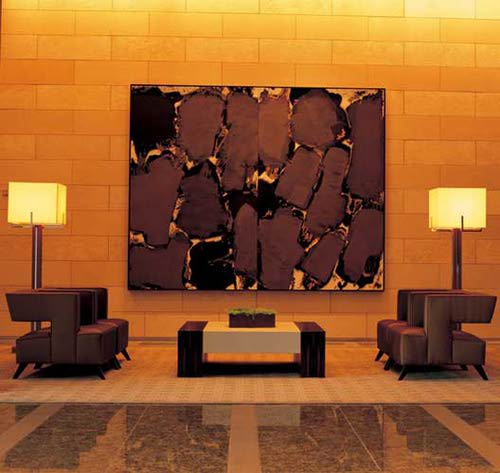
“Shining a spotlight on art and cultural relationships and business provides a better understanding between people of diverse nations. The quest for better communications through the arts help define businesses. By associating with the arts, businesses have discovered that their brands are enhanced and increase their reach and in the end their profitability.”
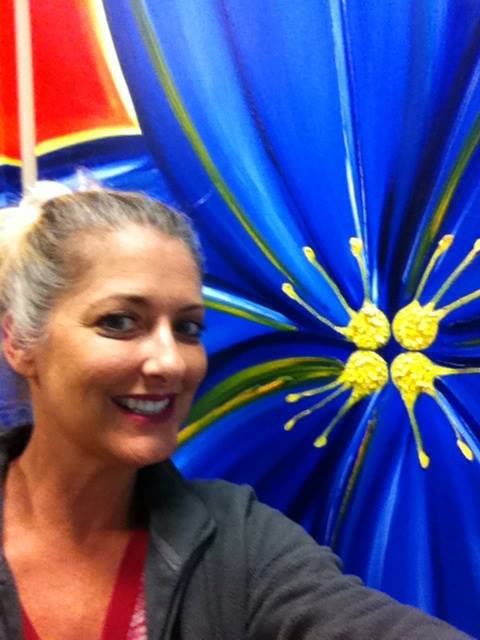
“Fundamentally, human nature revels in the creative side of life. Art chronicles the history of humans and some of the very finest individual accomplishments of the human race. Unlike museums of natural history, art museums document and enshrine human creativity. Without creativity, without innovation, there’s nothing new in our future.”
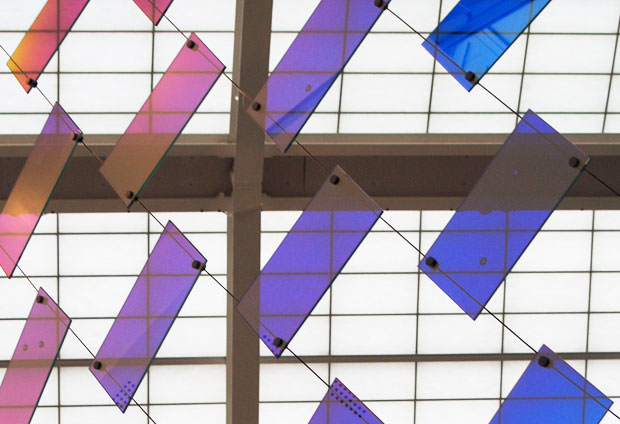
“This report features award winning new hospital architecture, hospital art and their impact on the health of patients.”
“Research has shown the thoughtful use of colours, lights, art, texture and performing arts in hospitals can aid a person’s recovery, and create a lasting impression to everyone who visits and works there.”
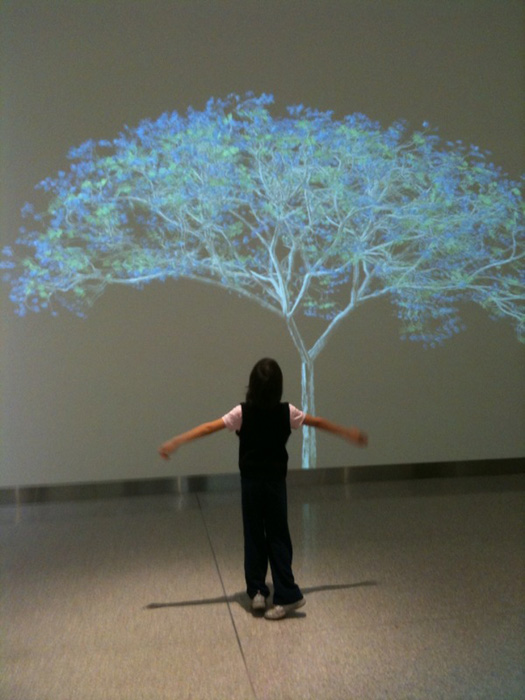
“While hospitals around the country are beginning to embrace the beauty of a restorative environment in the healing process, New York School of Interior Design (NYSID) is training interior designers to specialize in assisting healthcare facilities and hospitals to curate an environment designed for healing.”
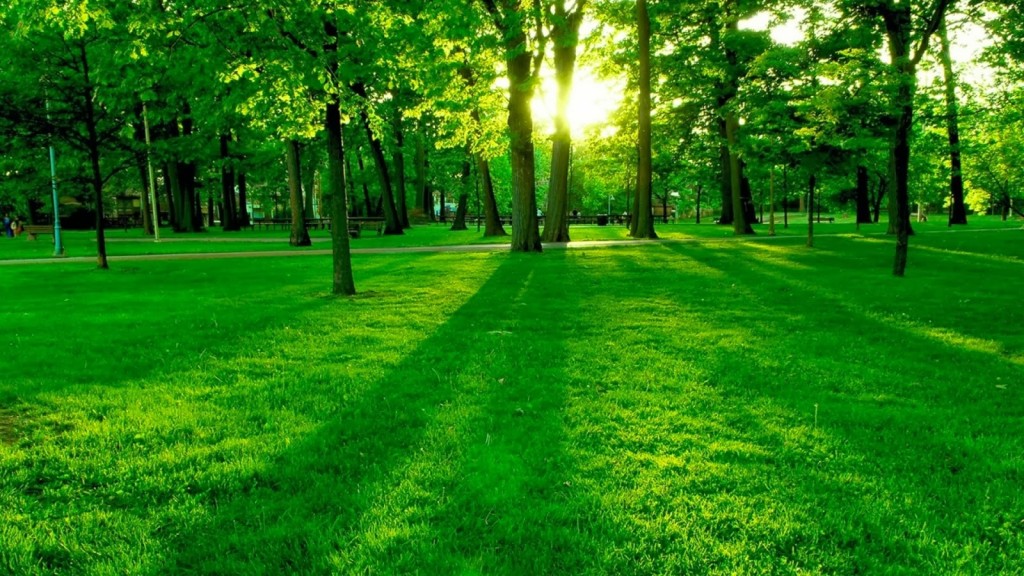
“The role of art in healthcare settings goes back at least as far as the ancient Egyptians. Apparently aware of the fact that images of nature induce healing, they painted murals of nature, usually with blue ceilings to represent the sky and green floors to represent the earth, in their healing temples.”
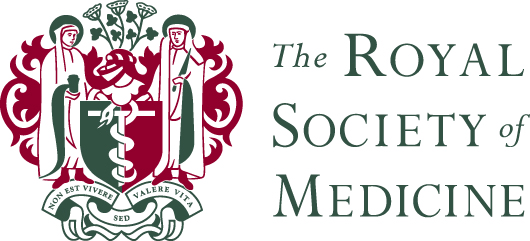
“In 2006 a Department of Health Working Group on Arts and Health reported that the arts have ‘a clear contribution to make and offer major opportunities in the delivery of better health, wellbeing and improved experience for patients, service users and staff alike’.”
“The fact that patients frequently express a preference for landscape and nature scenes is consistent with this observation and with evolutionary psychological theories which predict positive emotional responses to flourishing natural environments.”

“The benefit of art in healthcare is in the experience of the art. While it may be dismissed by some as merely decoration, decades of research in Europe and the United States concludes otherwise. The role art plays in an overall strategy to produce healing environments has been measured against health and economic outcomes.”
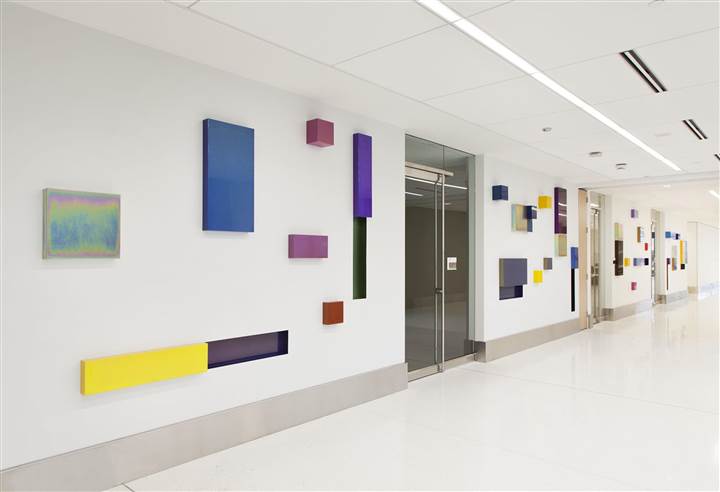
‘”If an art installation gets a patient out of his room or paintings take a person’s mind off their pain and lower their stress levels, the art isn’t just decorative anymore. It’s part of the entire model of care,” said Harris, who oversees a $1.5 million art program, funded entirely by philanthropic donors, that launched last December.’

‘”That awe, wonder and beauty promote healthier levels of cytokines suggests that the things we do to experience these emotions — a walk in nature, losing oneself in music, beholding art — has a direct influence upon health and life expectancy,” said UC Berkeley psychologist Dacher Keltner, a co-author of the study.’
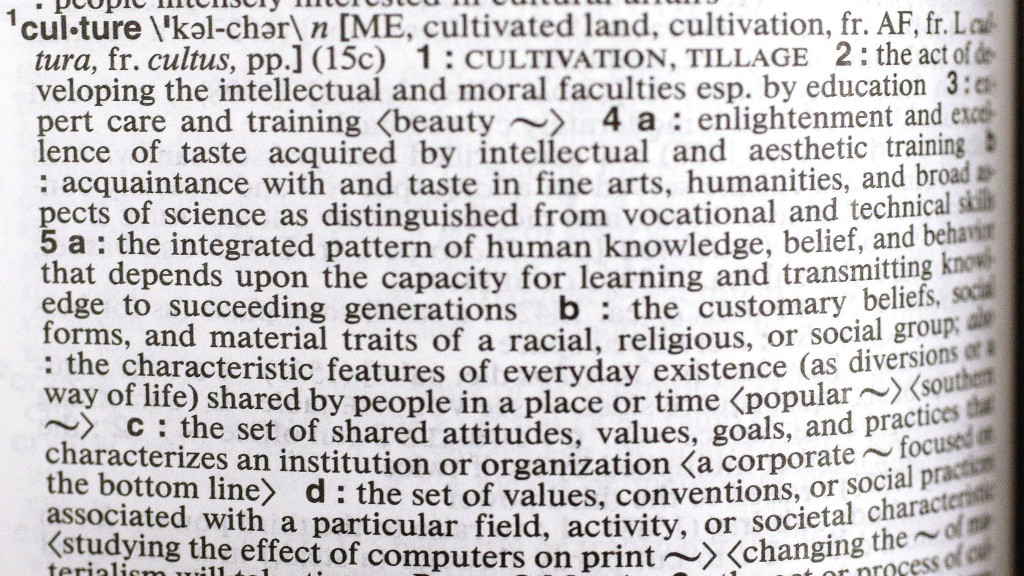
“The culture of a community significantly shapes debate and action that lead to development. Local culture also presents unique options for locally based economic, social, and other developments. Local understandings and interpretations of a community’s history reflect past events that feed into and are partially driven by the demands, sentiments, and interests of those in the present. This makes it crucial for community development practitioners to consider the cultural importance of efforts to improve local well-being.”
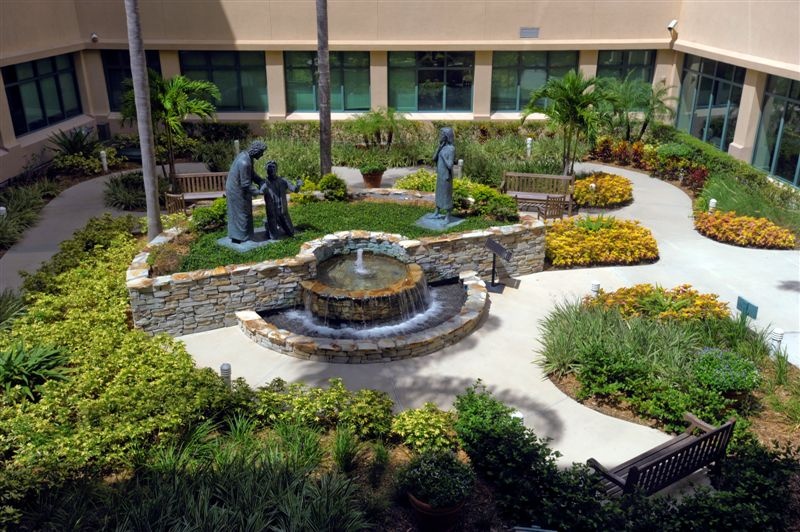
“In recent years, design for health care environments has begun to include esthetic enhancements in an attempt to reduce stress and anxiety, increase patient satisfaction, and promote health and healing. In this paper, the authors survey the existing research on those elements of the built and natural environment most often asserted by proponents as being inherently healing or promoting health.”
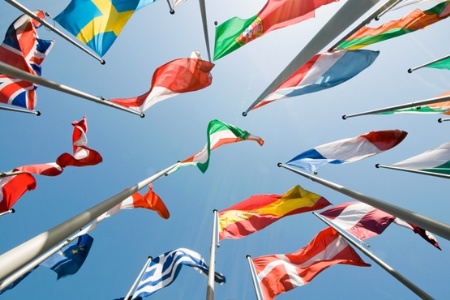
“It starts with the inherent value of culture, continues through all the social and educational benefits and only ends with the economic.”
“The inherent value of culture, its contribution to society, its symbiotic relationship with education and, yes, its economic power (but in that order) … this is what we call the holistic case for public support of arts and culture.”
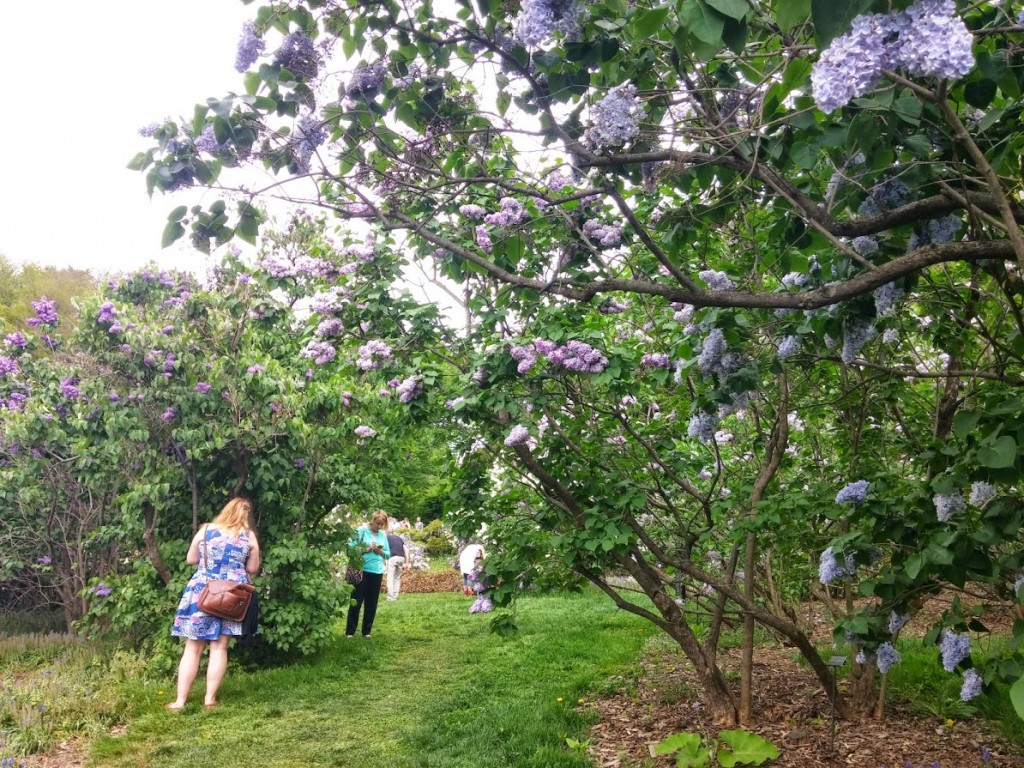
“Increase connection to nature. A number of studies have presented strong evidence that even 3 to 5 minutes of contact with nature can significantly decrease stress, reduce anger and fear, and increase pleasant feelings.8-11 This calming effect can be achieved by providing views to the outside, interior gardens or aquariums, or artwork with a nature theme.”
